While liquid staking has proven to be a new and promising alternative to traditional crypto staking, we will examine various liquid staking protocols and their distinguishing characteristics.
Liquid Staking
Liquid staking Is the act of delegating your tokens to a service that stakes for you without losing access to your funds.
Liquid Staking brings flexibility and liquidity to your staked funds. Liquid staking solves the illiquidity problem of proof-of-stake networks by making staked tokens liquid. In essence, investors will “lock” their staked tokens into a staking protocol, and receive a synthetic token in return, which represents the underlying staked asset. That token is now “liquid,” as it can be used elsewhere in the crypto ecosystem – without sacrificing the staking rewards earned by the underlying staked asset.
How liquid staking works
This is how liquid staking works:
- Purchase tokens from a proof-of-stake network, such as (CRYPTO: SOL), (CRYPTO: ATOM) (CRYPTO: DOT), among others.
- Visit a liquid staking protocol.
- Connect your wallet.
- Stake your tokens from a participating layer one network that operates on proof-of-stake.
- In return, you’ll receive a synthetic token that represents the underlying staked asset.
- That synthetic token can then be used elsewhere, to participate in DeFi strategies.
- The underlying staked asset continues to earn staking rewards, even as the synthetic asset is deployed elsewhere.
- At any point, redeem that synthetic token to unlock access to the underlying staked assets.
In the article, we are going to look at various liquid staking networks and their unique features
Liquid Staking Networks
These are the five liquid staking networks we are going to explore in this article:
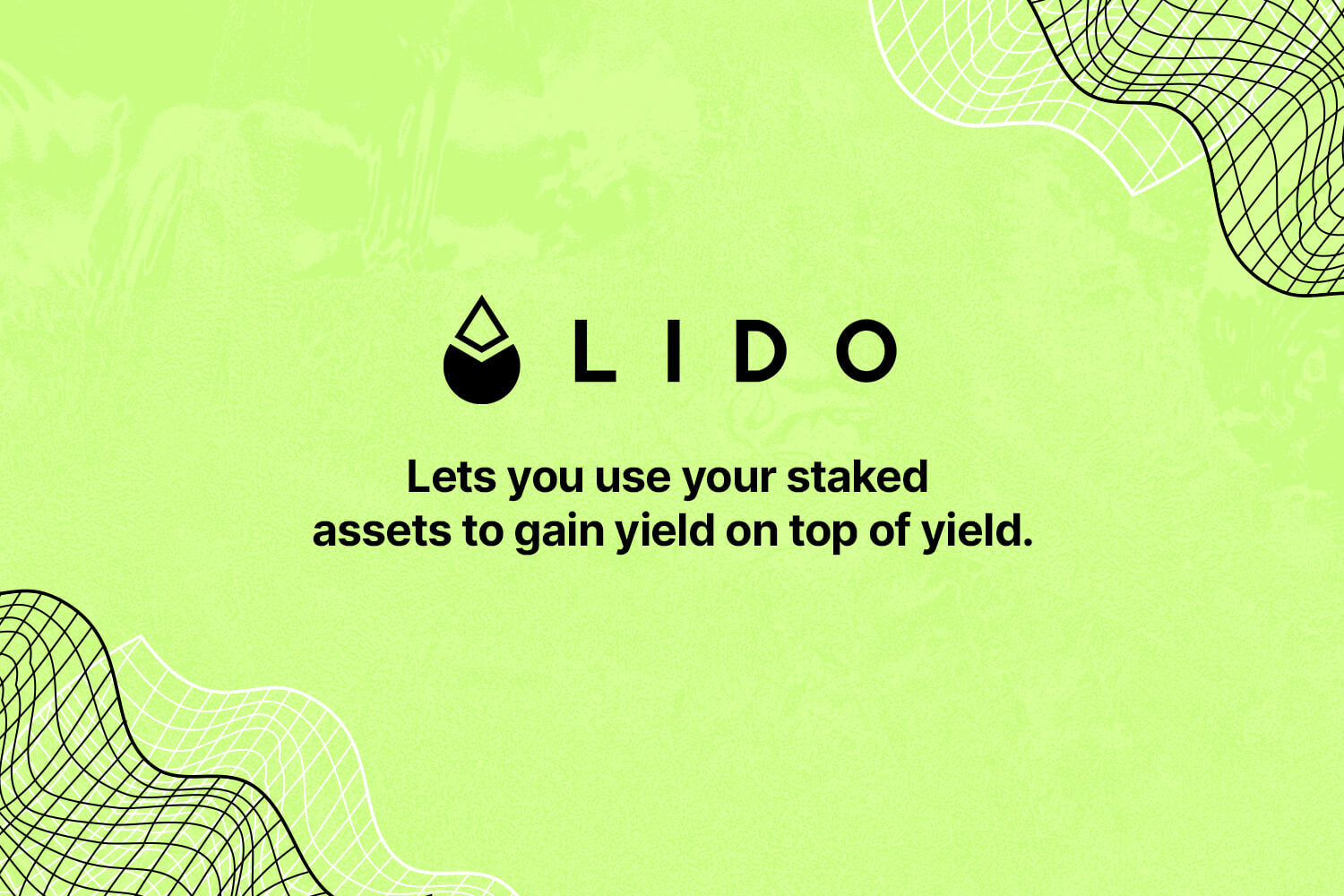
LIDO FINANCE
Lido finance is a popular liquid staking protocol running on Ethereum, Terra, Solana, Kusama, Polkadot and Polygon. Although the protocol doesn’t currently support ATOM, they’ve expressed plans to support the token by leveraging the liquid staking module on Cosmos SDK.
Lido lets users stake their assets for daily staking rewards. User can stake any amount of tokens – no minimum.
When staking Lido you mint staked tokens which are pegged 1:1 to your initial stake. Your staked tokens can be used across the DeFi ecosystem to compound your yield.
Lido lets you use your staked assets to gain yield on top of yield. Use your tokens (which earn daily staking rewards) as collateral, for lending, yield farming and more.
The Lido DAO governs Lido’s liquid staking protocols.
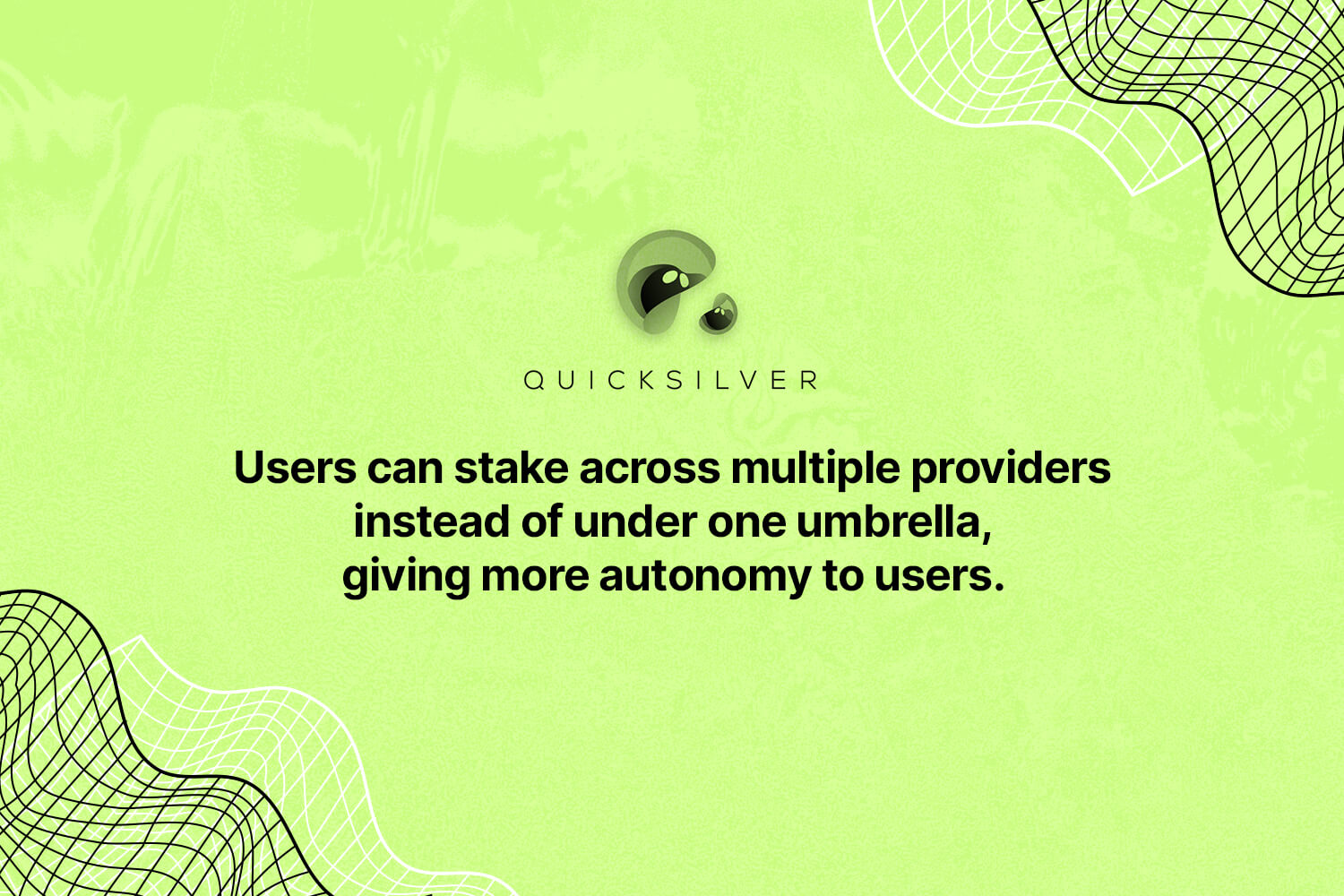
QUICKSILVER PROTOCOL
Quicksilver Protocol is a liquid staking protocol being built on Cosmos that works like a middle man between users and pre-existing staking protocols. Users can stake across multiple providers instead of under one umbrella, giving more autonomy to users.
The project recently completed its initial testnets and plans to deploy an incentivized testnet into Q2 2022, with launch planned for Q3 2022. While still in its very early stages in terms of reaching a fully working product, Quicksilver presents an interesting approach to liquid staking.
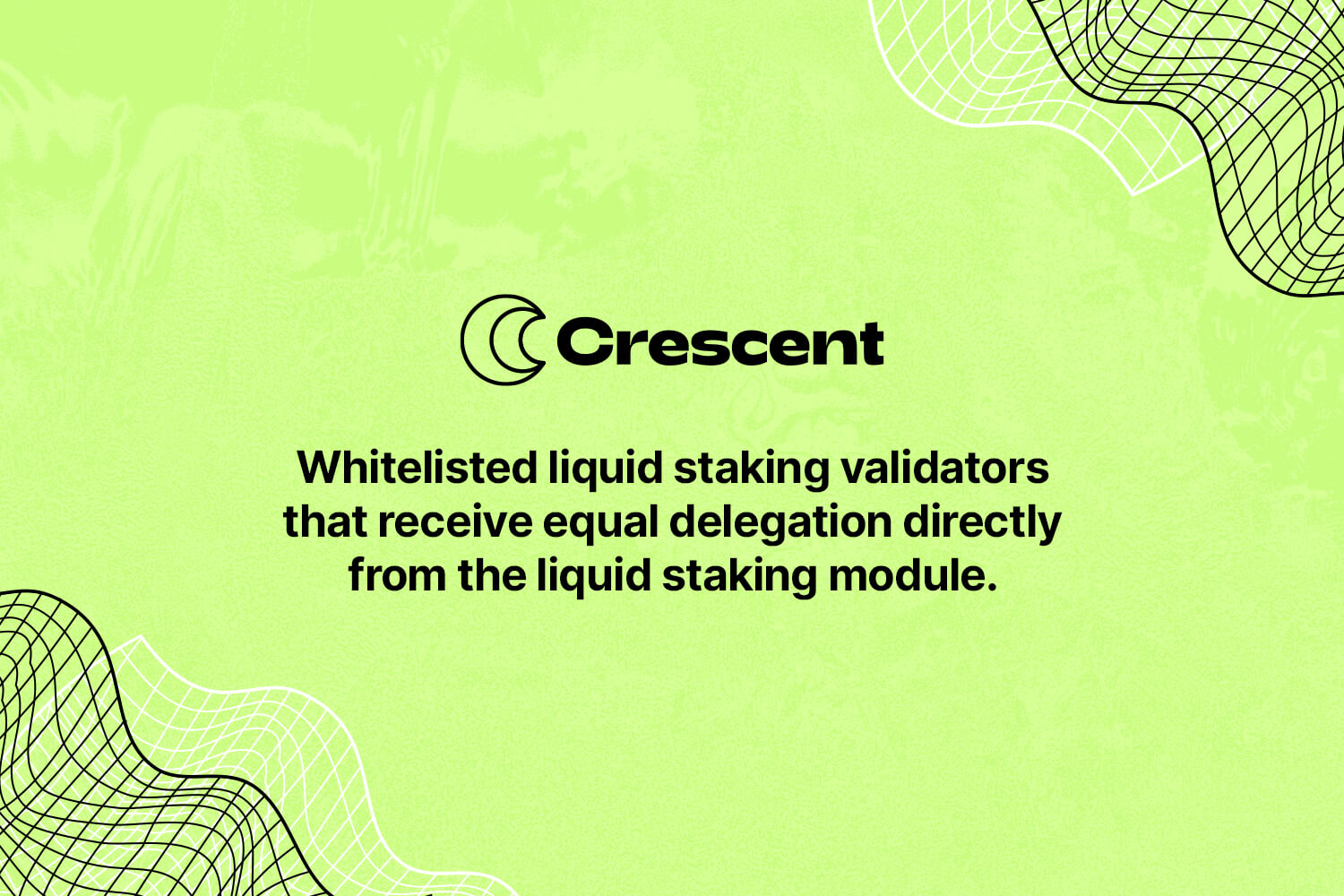
CRESCENT
Crescent Network’s liquid staking utility consists of whitelisted liquid staking validators that receive equal delegation directly from the liquid staking module. When a user liquid-stakes their CRE, the delegated amount is distributed equally among the set of whitelisted liquid staking validators that can always be managed by governance.
When a user stakes CRE, they receive a token called bCRE (pegged staked representative tokens), which can be invested into other utilities to receive additional rewards. The bCRE represent the amount of CRE delegated plus accumulated staking rewards. By holding bCRE(and/or providing liquidity to a bCRE pair pool), staking rewards are added to a combined liquid staking fund made up of all liquid staked CRE plus rewards, much like a “fund” of a traditional financial institute.
On Crescent, when a user decides to undelegate their CRE, they can easily swap bCRE for assets with bCRE paired pools through the Crescent DEX, or liquid-unstake, receiving back the delegated CRE by burning bCRE, plus accumulated rewards. From start to finish, the user can experience enhanced liquidity and optimized investment options for their tokens by using liquid staking.
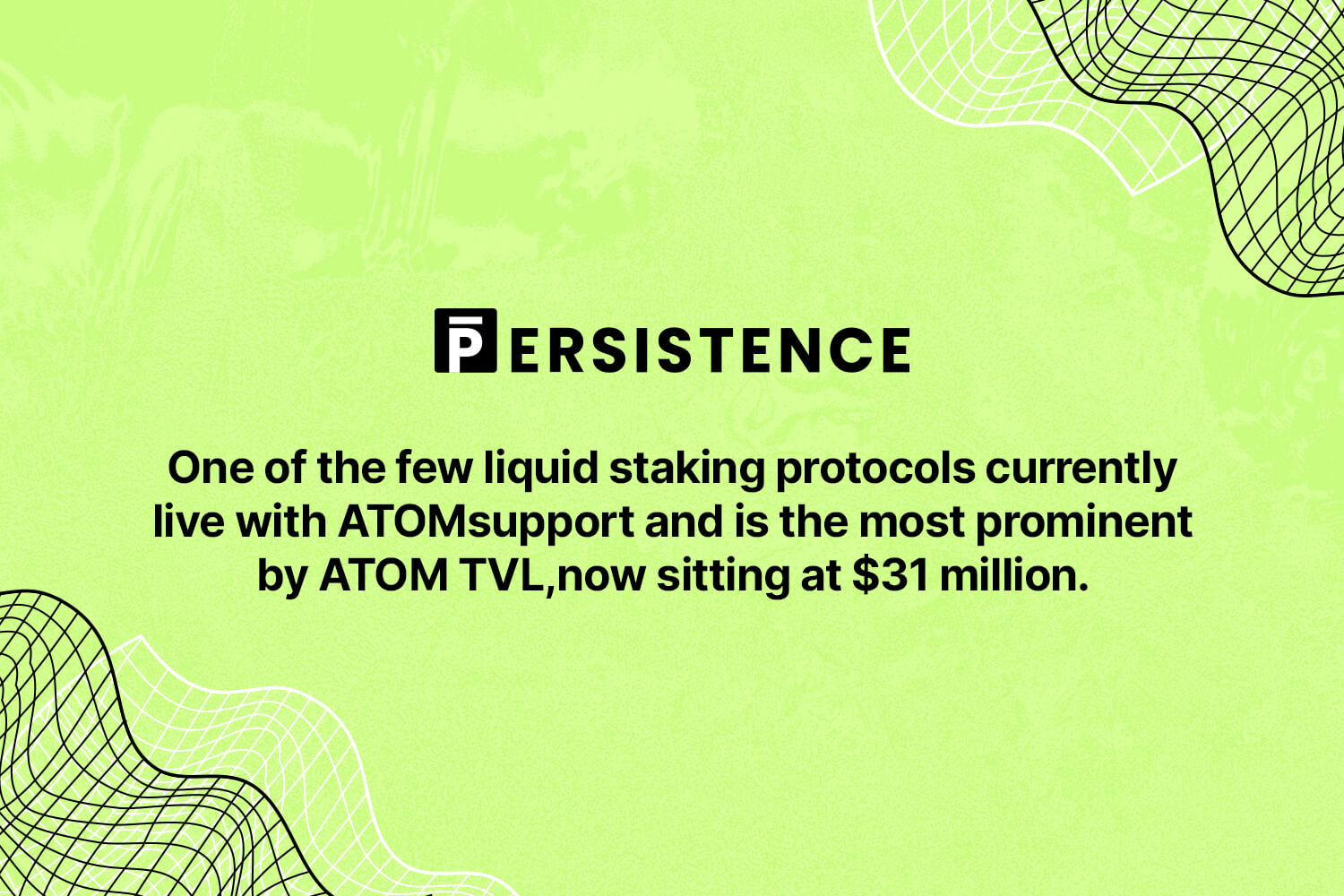
PERSISTENCE
pStake is Persistence’s liquid staking protocol unlocking liquidity for staked assets. Holders of ATOM and XPRT (other PoS assets within Cosmos and beyond coming soon) can stake their native PoS assets and directly mint 1:1 stkASSETs (representing the staked assets). stkASSETs can then be used to engage in DeFi activities on the Ethereum network (and soon within the Cosmos ecosystem) to generate additional yield.
pSTAKE is one of the few liquid staking protocols currently live with ATOM support and is the most prominent by ATOM TVL, now sitting at $31 million. Though currently issuing stkASSETs on Ethereum, pSTAKE will directly extend its reach to the Cosmos ecosystem in Q2 of 2022 by launching on the IBC-enabled Persistence Core-1 chain. This means stkASSETs will be able to flow through the Cosmos DeFi ecosystem.
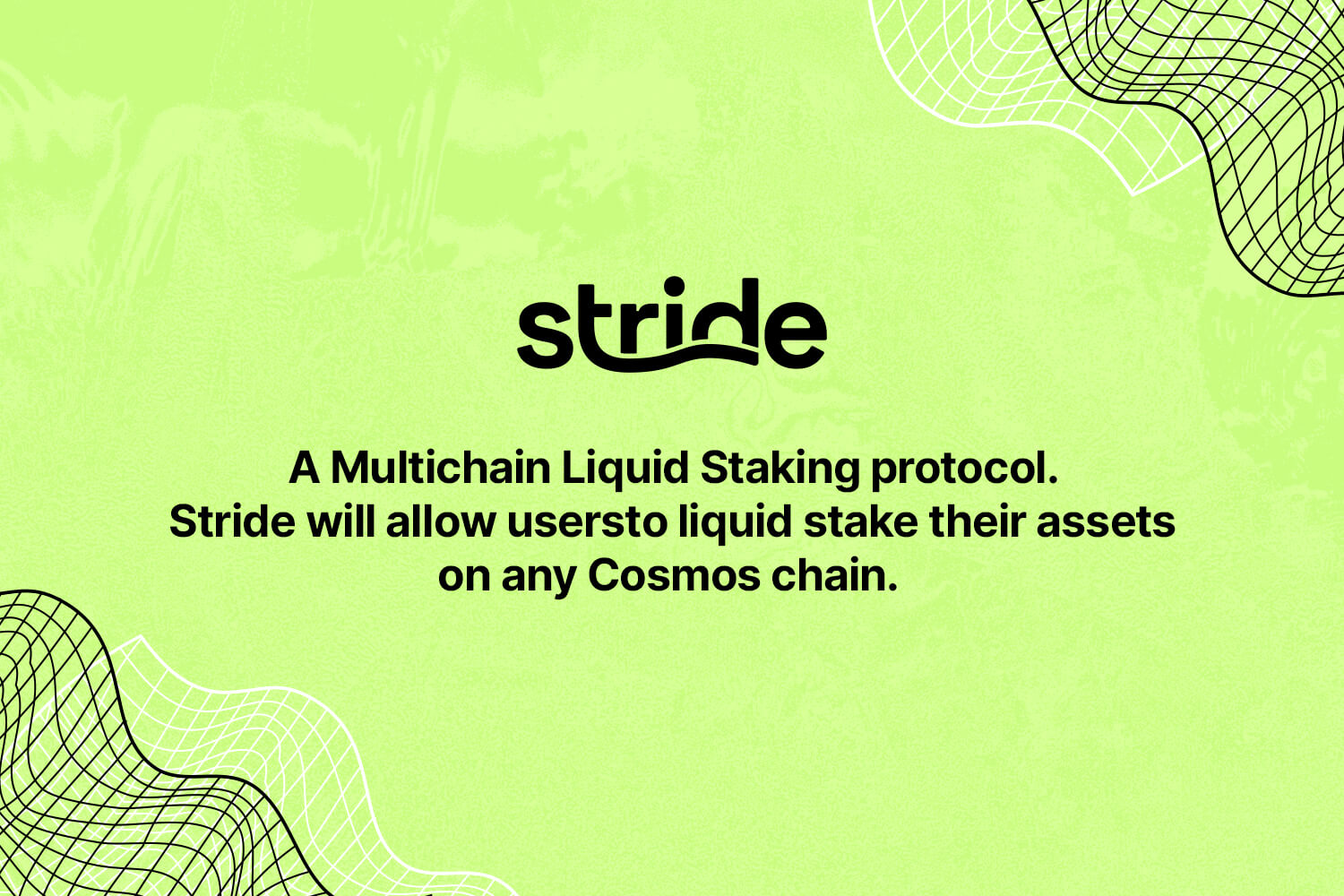
STRIDE ZONE
Stride zone is relatively new among the others. Stride zone is a Multichain Liquid Staking protocol. Stride will allow users to liquid stake their assets on any Cosmos chain.
Stake your tokens on Stride from any Cosmos chain. See your rewards accumulate in real time.
Receive stTokens when you stake. These can be freely traded, and can be redeemed with Stride at any time to receive your original tokens. (+ staking rewards!)
Stride lets you use your staked assets to compound your yield. Continue to earn staking yield, and earn additional yield by lending, LPing, and more. Set your own risk tolerance in Cosmos DeFi.
Stride has one of the most friendly UX.
About 01node
01node is a high quality staking and validation service headquartered in Romania. We have the expertise and time tested infrastructure as a highly secure and reliable node. Our track record shows this reliability, We prioritize great focus on security and we ensure the best practices for every service we offer. We aim to provide the best performance and reliability through our physical infrastructure collocated in tier-3 datacenters.
We are a team of highly skilled and dedicated professionals with decades of experience in the fields of software development, IT infrastructure, cryptography, and financial services. Our existing validator nodes have secured value on several POS networks since their inception such as Terra, Iris, Solana, Cosmos, Near, E-money, IOV, Solana, Skale, Secret Network, Oasis and others who will soon launch like Celestia or Nomic chain, and Near Protocol.
Our community has an active voice in how we participate in the decentralized ecosystem, and our combined strength will propel the project towards a successful future. We vote on most of the governance proposals, and consult with our delegators before this, it’s important to note that we always vote on what is best for the network.
Join our community
Twitter | Linkedin | Telegram

